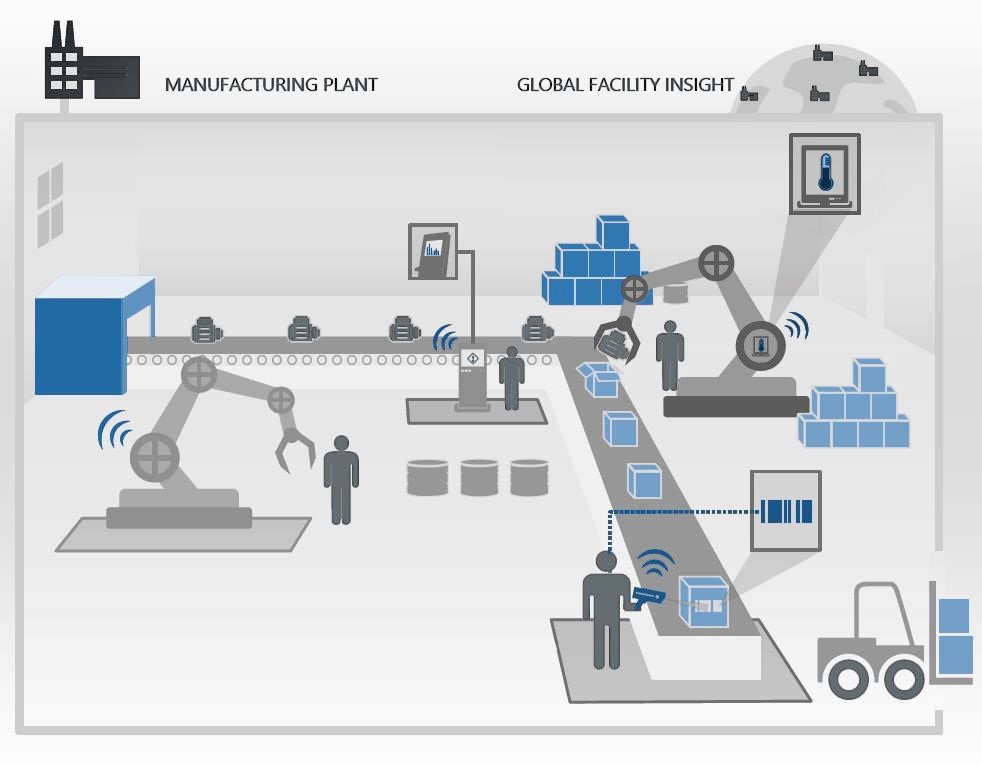The Industrial Internet of Things (IIoT) is transforming the world of industrial automation. And, data collection and analytics is increasing at the edge – often far away from data centers and specialized IT staff. Real-time feedback will empower operators to adjustments to help production lines run faster and more efficiently while preventing failures. This is Smart Manufacturing.
Automation World and Stratus recently co-hosted a webinar that covers these topics in depth. “How to Jump-Start your Industry 4.0 and IIoT Strategy” explores a couple of key areas.

Why Consider Smart Manufacturing Now
Smart manufacturing is already delivering big gains to businesses across many industries. IIoT can be considered an extension of industrial automation principles that focus on improving production quality, consistency, efficiency and reliability. For example, one of our customers, a gas pipeline company, saved $10 million by cutting downtime with predictive maintenance.
Will Modernizing Require Major “Rip-and-Replace”?
Exploring modernizing you plant will not require a major rip and replace. The flexibility cloud and virtualization offers will help introduce IIoT one step at a time and will also allow measurable improvements. In fact, we recommend starting with a pilot to help define these benefits, skill-sets, and time frames for future phases.
Once your pilot and measurements are defined, you’ll need to plan and deploy an IT solution for your control infrastructure.
Smart Manufacturing Recommendations
We recommend these technologies and best practices to ensure you get the biggest bang for your budget dollars:
- Embrace a solution with built-in virtualization.
This will make everything much simpler and cost-effective to deploy and manage, protect and scale your data and applications. It will also streamline the ability to connect to the cloud for shared data across the enterprise. - Prevent downtime rather than recover
Choosing a solution that prevents downtime, recovers fast, and protects against data loss is critical. Redundancy, automated services, and remote monitoring will guarantee the availability of the data streaming from your sensors, PLCs, and other devices. - Deploy solutions that simplify integration
For the lowest cost of ownership, look for a solution that integrates easily with your existing environment. Communication between your automation and IT systems is critical, and will allow applications to scale easily across both environments. - Simplify your operation along the way
Operational simplicity is a must. Systems should be pre-configured, so operational technology teams can get them up and running in an hour. IT administrative tasks should be automated and happen in the background.
[sc name=”Edge_Computing_CTA_2″]